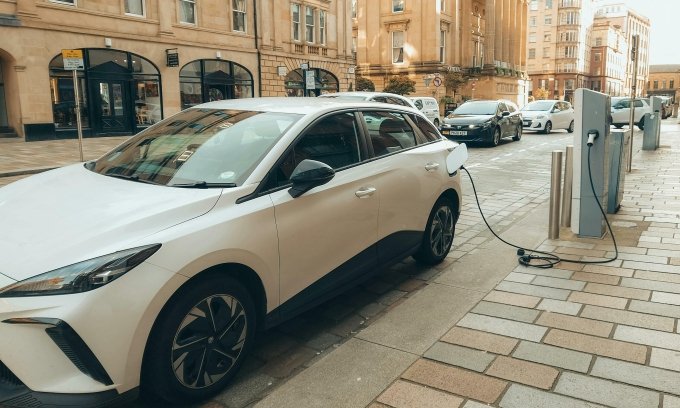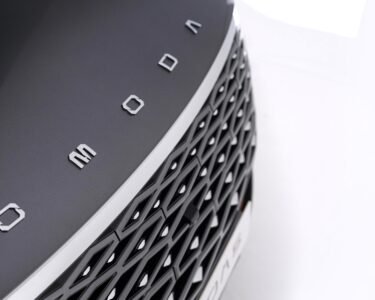Across social media, passengers have reported nausea and dizziness in EVs, particularly when sitting in the back seat. Many potential buyers are also raising concerns about whether electric cars are more likely to cause motion sickness, and research suggests they might be.
Petrol-powered vehicles emit vibrations and sounds that the brain uses, often unconsciously, to prepare for changes in motion. Electric vehicles, by contrast, operate more quietly and smoothly, disrupting these familiar sensory cues, according to Carscoops.
“Greater sickness in EVs can be attributed to a lack of previous experience, as both a driver and as a passenger, where the brain lacks accuracy in estimating the motion forces because it relies on previous experience in other types of cars,” said William Emond, a PhD student researching car sickness at the Université de Technologie de Belfort-Montbéliard in France.
 |
|
An electric car charging on the street. Photo from Pexels |
Motion sickness generally results from a conflict between signals sent to the brain by the inner ear, eyes, and body. When those signals do not align, the brain becomes confused, triggering symptoms such as nausea and dizziness.
Several studies have also linked specific EV features to increased discomfort. According to The Guardian, regenerative braking, a system that slows the car gradually by converting kinetic energy into power, is among the key triggers. Unlike the sudden stops in petrol cars, this smooth deceleration can make it harder for passengers to predict movement.
Anticipating vehicle motion plays a major role in preventing motion sickness, which is why drivers, who are in control of the car, are less likely to experience symptoms.
“When discovering a new motion environment, the brain needs to habituate because there is no knowledge of previous experience in such a context,” Emond said. “This is, for example, why almost everyone becomes sick in zero-gravity environments.”
Researchers suggest that carmakers could help reduce passenger sickness by introducing visual cues inside EV cabins—such as ambient lighting changes—to signal upcoming movements and help the brain better adjust.




